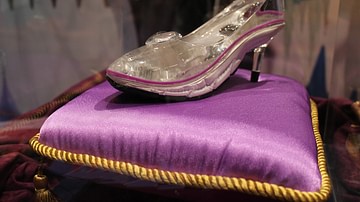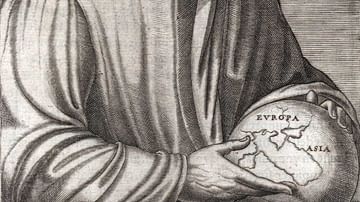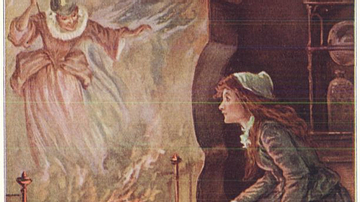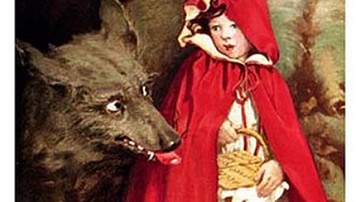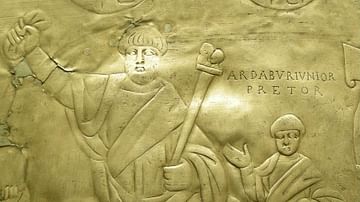Video
Cite This Work
APA Style
Ages, S. o. A. a. t. M. (2020, November 24). The Egyptian Cinderella Story Debunked. World History Encyclopedia. Retrieved from https://www.worldhistory.org/video/2197/the-egyptian-cinderella-story-debunked/
Chicago Style
Ages, Study of Antiquity and the Middle. "The Egyptian Cinderella Story Debunked." World History Encyclopedia. Last modified November 24, 2020. https://www.worldhistory.org/video/2197/the-egyptian-cinderella-story-debunked/.
MLA Style
Ages, Study of Antiquity and the Middle. "The Egyptian Cinderella Story Debunked." World History Encyclopedia. World History Encyclopedia, 24 Nov 2020. Web. 16 Apr 2025.
